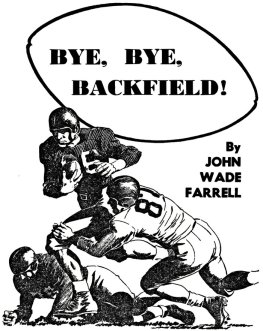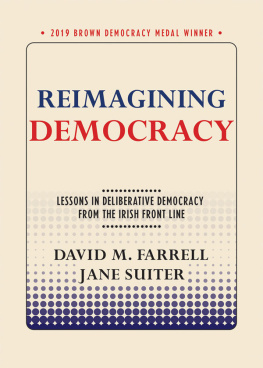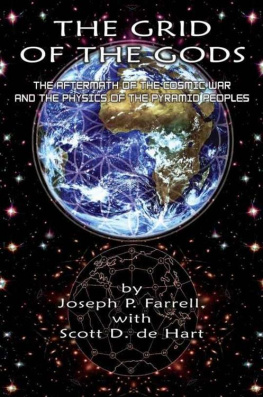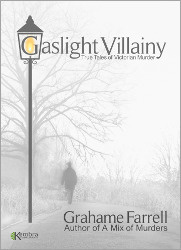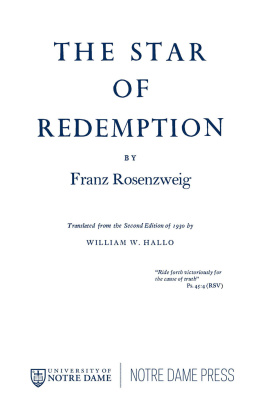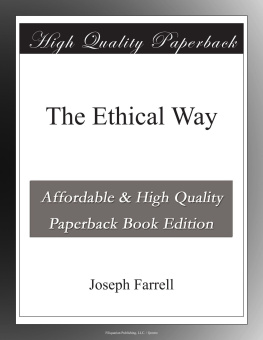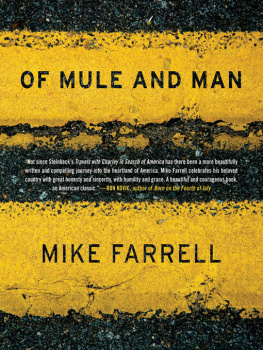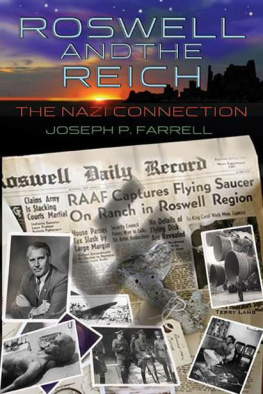Praise for Whats Left of Us
The story of one mans struggle to pierce through the lies, pain, and shame of a harrowing past. Farrells writing is blunt and honest; there is something heroic in his attempts to salvage a productive life from the ruins of abuse and addiction. A stunning piece of work.
T. J. English, author of the national best sellers Havana Nocturne, Paddy Whacked, and The Westies
In the stripped-down, busted-and-back voice of a man with absolutely nothing left to hide, Richard Farrell gives us this deeply moving tale of addiction and redemption. Whats Left of Us is a rush of blood to the head and heart, the kind that only true art can deliver.
Andre Dubus III, author of House of Sand and Fog and Garden of Last Days
A work of compelling honesty. The writing is so powerful, so brutally sure of voice and experience that the reader is immediately jolted straight into the hellish existence of addiction. An amazing story not just of survival, but redemption.
Mary McGarry Morris, author of Vanished and Songs in Ordinary Time
It is hard to explain how a story so filled with pain and chaos can leave you rejoicing. It is a testament of Farrells stunning writing power that he carries you on this rollercoaster ride of ugliness and beauty. Dont miss it.
Phyllis Karas, author of the New York Times best-seller Brutal: the Untold Story of My Life Inside Whitey Bulgers Irish Mob
A wild ride from start to finish. Riveting.
Chris Cooper, Oscar-winning actor
Whats Left of Us is Richard Farrells true-life account of his struggle to come to grips with his fathers destructive love. The story sears itself into your heart and doesnt let go.
Anna Hamilton Phelan, screenwriter of Girl, Interrupted, Gorillas in the Mist , and Mask
How Richie Farrell survived his life, Ill never know. That he was able to write about it with such honesty and emotion and without any bullshit at all is a miracle.
Scott Silva, screenwriter of 8 Mile
Richie Farrells raw and visceral writing grabs you, slams you into the soul of an addict, and doesnt let go until you experience the courage it takes to wage a life-or-death war against your inner demons. It is absolutely breathtaking and inspirational.
Harry Ufland, producer of The Last Temptation of Christ , Not Without My Daughter , and One True Thing
Alternately heartbreaking and heart-stopping. I couldnt put it down.
Dorothy Aufiero, producer of The Fighter
RICHARD FARRELL
WHATS LEFT OF US

CITADEL PRESS
Kensington Publishing Corp.
www.kensingtonbooks.com

For my Dad
There is no such thing as a normal life.
Theres just life. Now lets get to it.
Doc Holliday to Wyatt Earp moments before the gunfight at O.K. Corral.
Acknowledgments
Id like to thank my mother who survived this war alongside me and encouraged me to tell my story. Melissa Hardy whose love gave me a son, Aidan, and the courage and inspiration to move on with my life. To my children, Jack, Rick, Will, and Siobhan, who forgave my sins. And finally, to my agent, Emmanuelle Alsplaugh, and my editor, Mike Shohl, who believed in my ability to write this story.
Contents
Chapter 1
T he Acre wasnt pretty. Youd never see it on the postcards sold at the corner drugstores in downtown Lowell, Massachusetts. The Acre wasnt big. Nobody had grass in their front yardsjust black tar that formed the alleys separating the houses. The Acre wasnt rich. Most families had only one set of good clothes set aside for Sundays Catholic Mass. The Acre was entirely segregated from the rest of my birth city. But it was still the best section of Lowell to grow up in if you were Irish.
The Acre was nothing more than a two-mile triangle of Irish who had formed a wall of self-protection. The homes were mostly triple-deckerscold-water flats. Irish families had settled in Lowell years before to work in mills or build canals. All of them had escaped the horror of starvation on the streets of Ireland and found their way to Massachusetts. Compared to the Irish Famine, Lowell offered a promise of prosperity.
Smack dab in the middle of the Acre stood St. Patricks Church where my uncle Joe Farrell had hoisted the steeple during the Roaring Twenties. It was the same St. Patricks Church that my grandfather, Richard Farrell, checked the doors of every evening at midnight as he walked his beat as a Lowell police officer, the same St. Patricks Church where my father and mother brought me and my brother every Sunday as kids, where Id received the blessed sacraments of Baptism, Confession, First Communion, and Holy Confirmation.
St. Patricks School was directly opposite the churchs parking lot. Two generations of the Acres children had been educated there, from poor to poorest. It didnt matter how much money you had. There were only two prerequisitesyou had to be Irish and Catholic. It was staffed by Notre Dame nuns who were known for their propensity to ask questions after theyd already used the ruler on your knuckles. The principal, St. Claire Joseph, expelled me in the seventh grade for entering after hours because my friends and I had to use the bathroom.
Adam Street cut a line down the center of the Acre and separated the school from the North Common. The North Common was the place where my father forced me to practice walking heel to toe so I wouldnt be a cripple. For the Irish elders whod sit for hours on a warm summer night talking about the old days, it was more than a giant park. It was their St. Stevens Green in Dublin. In the early days, the North Common hosted football games on Sundays in the fall. Two to three hundred people would show up to watch the Irish kids play the Greek kids who had settled in the lower Acre. It was always a bloodbath. There was no football, just full-contact tackle with an old gray sweat sock stuffed full of leaves.
But by March 1987, the Acre that I remember was no more. The Irish moved out in the seventies. Some became educated and wanted more for their families. The majority was swallowed up by white flight. They moved their families to predominantly white suburbs not more than a few miles from the Acre. Then Puerto Rico began importing their criminals to Lowell. The Acre was poor, old, and close to downtownthe perfect place for drug trafficking and prostitution.
I am a heroin addict. My life is limited to three concerns. The first thing I gotta figure out every morning is how to get a bag of heroin into my arm no more than ten minutes after I wake up. If I fail, Im dope-sick. The cramps inside my lower stomach go on a full-scale attack. I cant stand. I cant walk. The diarrhea squirts out like a water hose. But Im damn good at getting high now. I hardly ever stay dope-sick long.
The second issue is drawing a hot shot or a beat-bag. The majority of heroin in Lowell originates from New York City. Puerto Rican gangs bring it here by the kilo. The drug dealers on Adam Street who package the heroin from one-pound bricks into grams and half-grams are no Einsteins. They cut the heroin or add fake shit to stretch quantity for profit. Some dealers cut it in half and double their money. Most use quinine, which gives the bitter taste, and an Italian baby laxative called Manatol because its fine white granules have almost the identical weight of pure heroin.


